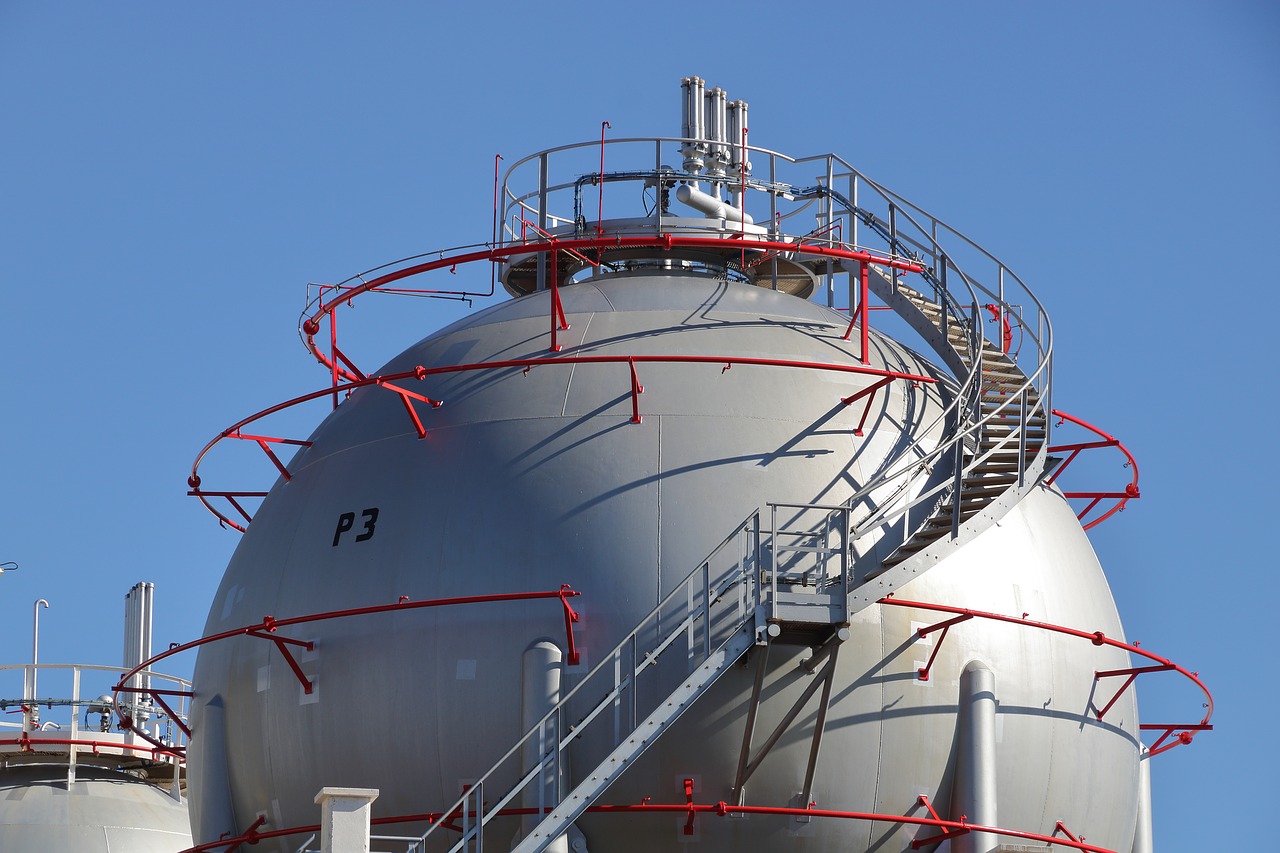How to Protect Tank Farms for Catastrophic Corrosion

Tank farms are often called to withstand harsh weather conditions as they are exposed to the elements of nature, be it sun, rain, frost, and sand particles hitting their walls with speeds as wind blows on them.
It’s only a matter of time before corrosion takes its toll on the vessels, and tank farm operators have to face the harsh reality of down-times and financial losses. This time can be extended dramatically though, as long as engineers take the following key measures against corrosion.
First, you need to go beyond the “typical” polymer paints and rubber coatings. These work well for a while, but eventually, paint cracks and moisture creeps in, which then eats on the steel substrate under the coating. The better solution would be to apply a thick layer of CBPC (chemically bonded phosphate ceramic). These coatings can be easily sprayed even in humid conditions, and last longer because they bond chemically with the substrate.
Another key problem to consider is corrosion under insulation (CUI). This is an omnipresent issue, and the fact that it progresses out of sight has won it the “silent killer” moniker. Again, a layer of CBPC protection can come to the rescue, or even better, decisively protect the parts from day one.
If the commissioning of the tank farm took place years ago and didn’t involve CBPCs, you can still apply it during a maintenance session. There is no surface preparation needed, no blasting, no cleaning, no need for multi-coat application, no waiting for curing times, etc. You can spray the ceramics right on the “flash rust” and let the chemical reaction between the iron ferrites and the phosphate ceramic do their thing. Finally, the curing and drying of CBPCs will only take an hour, as opposed to traditional three-part system coatings that need days or even weeks before they’re completed and ready for service.

 Tech Steel & Materials
Tech Steel & Materials